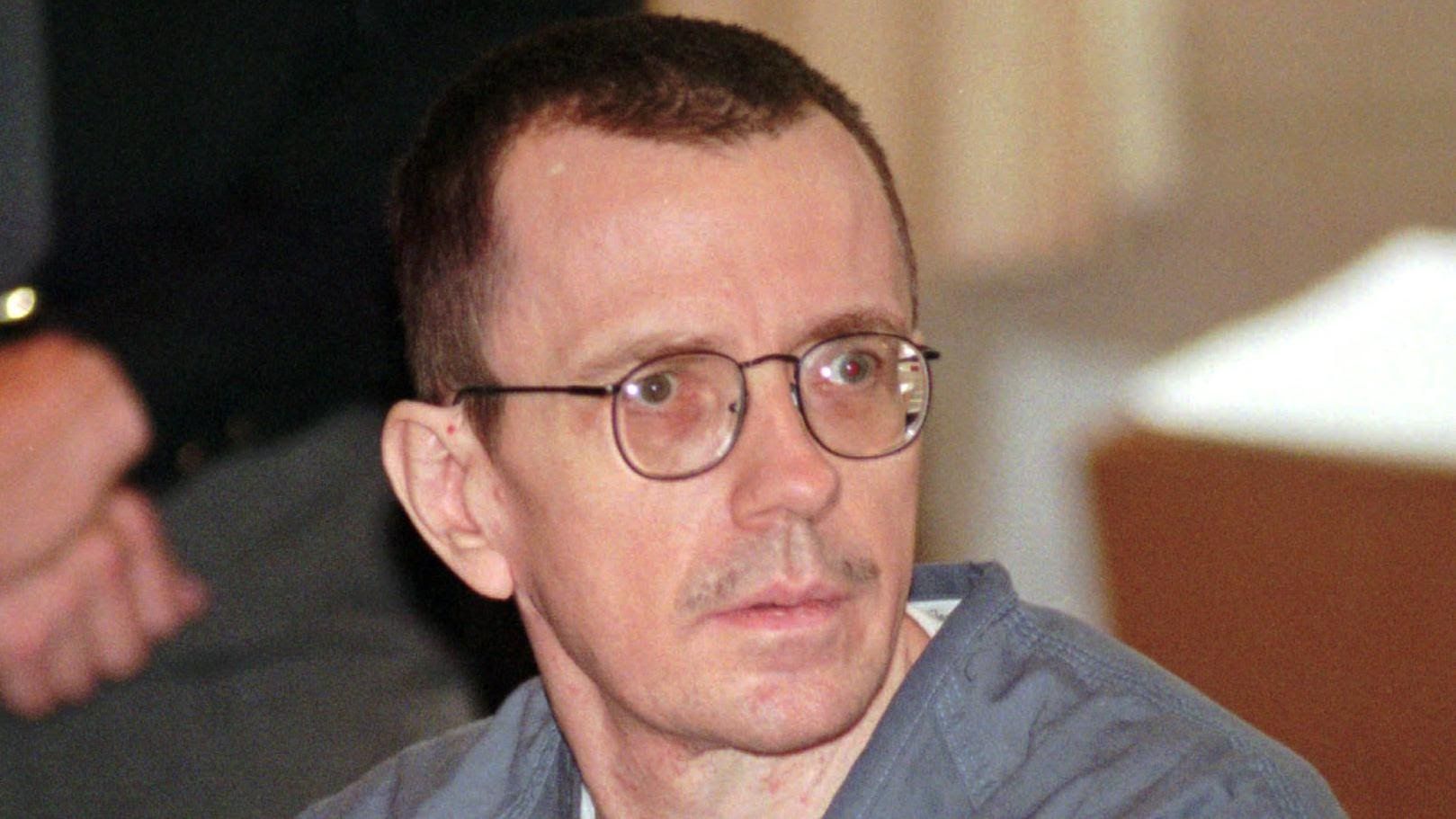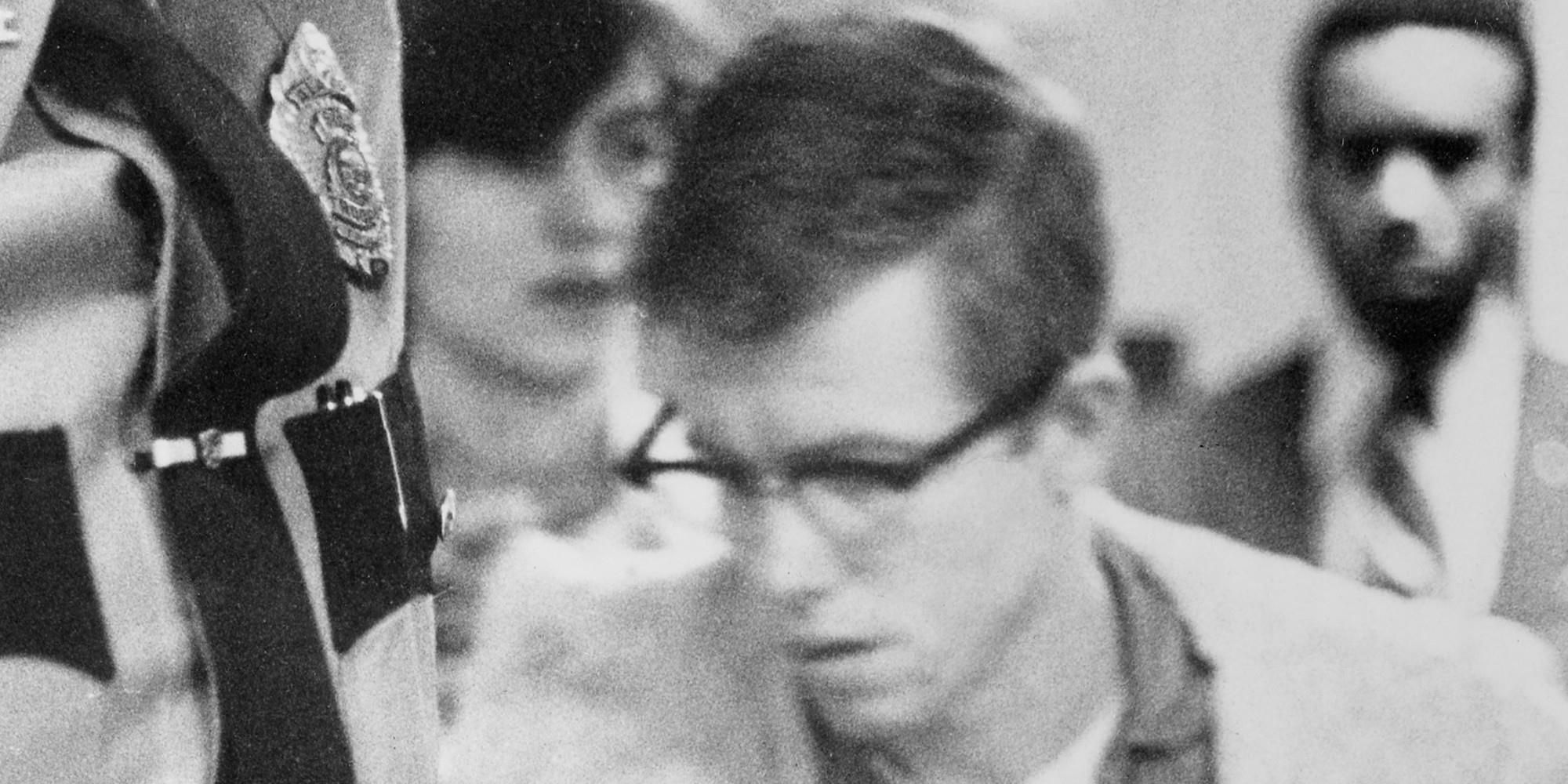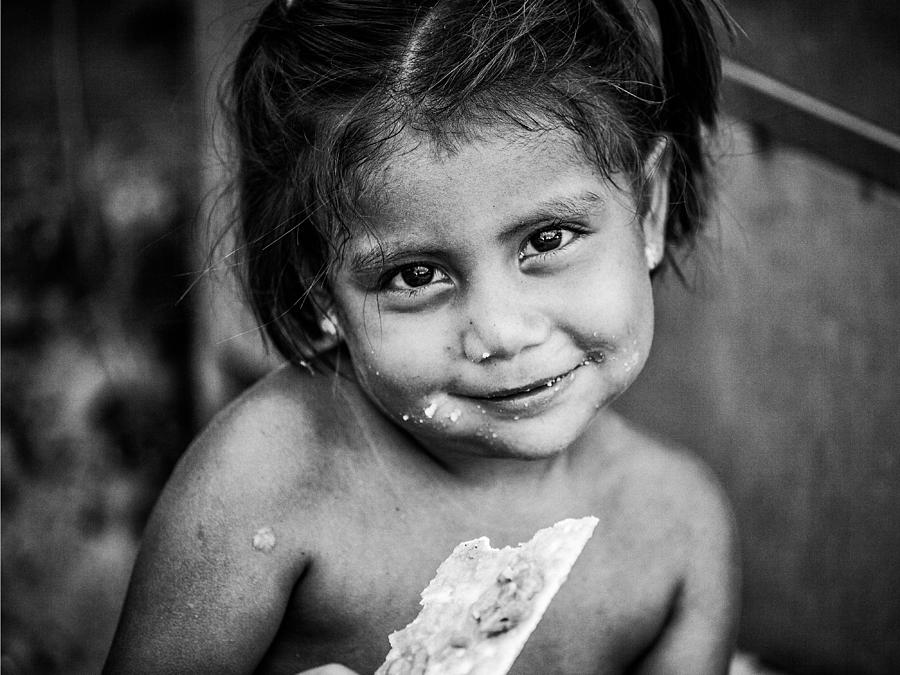Robert Hansen is one of the most infamous serial killers in American history, but his impact extends beyond his criminal acts to the lives of his children. The Robert Hansen children have lived in the shadows of their father's dark legacy, and their stories deserve to be told with empathy and understanding. In this article, we delve deep into their lives, exploring how they navigated the challenges of having a father whose actions shocked the nation.
Understanding the lives of Robert Hansen's children is essential for grasping the broader implications of crime on families. This article aims to shed light on their experiences while maintaining sensitivity and respect for their privacy. We will examine how they coped with the public scrutiny, the psychological effects of their father's crimes, and the paths they chose to rebuild their lives.
Through this exploration, we hope to provide a balanced perspective on the Robert Hansen children, highlighting their resilience and strength in the face of adversity. By examining their stories, we aim to foster greater empathy and awareness of the long-lasting effects of crime on families.
Read also:Is Cheryl Casone Married Unveiling The Truth Behind The Relationship Status Of Cheryl Casone
Table of Contents
- Biography of Robert Hansen
- Family Life and Background
- The Robert Hansen Children
- The Impact of Crime on Families
- Psychological Effects on the Children
- Navigating Public Scrutiny
- Rebuilding Lives After Trauma
- The Importance of Support Systems
- The Legacy of Robert Hansen's Children
- Conclusion and Call to Action
Biography of Robert Hansen
Early Life and Career
Robert Christian Hansen Jr. was born on February 15, 1939, in Casper, Wyoming. Raised in a strict Methodist household, Hansen's early life was marked by a seemingly normal upbringing. However, his later years revealed a dark side that would shock the nation. Before his infamous crimes, Hansen worked as a baker and later as a truck driver, leading an outwardly unremarkable life.
His career as a serial killer began in the late 1970s, with estimates suggesting he may have been responsible for the murders of up to 100 women. Hansen's method of operation involved luring women to a secluded area near Anchorage, Alaska, where he would torture and kill them. His crimes were eventually uncovered in 1983 after a police officer discovered the remains of several victims near his cabin.
Arrest and Conviction
Hansen's arrest in 1983 marked the beginning of a high-profile legal case that captured national attention. Evidence against him included personal journals detailing his crimes, as well as forensic evidence linking him to the murders. Hansen was eventually convicted of multiple counts of murder and sentenced to life in prison without the possibility of parole.
Despite his conviction, the full extent of his crimes remains unknown, as Hansen refused to disclose the locations of all his victims' remains. This refusal has left many families searching for closure, adding to the complexity of his legacy.
Family Life and Background
Marriage and Children
Hansen married his first wife, Mary, in 1960, and the couple had four children together. Their family life appeared stable on the surface, but beneath it lay a dark secret. Hansen's criminal activities were hidden from his family, and it wasn't until his arrest that the full extent of his actions became known.
After his arrest, the Hansen family faced immense public scrutiny and media attention. The children, now adults, had to navigate the complexities of their father's crimes while trying to maintain a sense of normalcy in their lives. This period was undoubtedly challenging, as they grappled with the realities of their father's dark legacy.
Read also:Rulz Movie A Comprehensive Guide To The Thrilling World Of Rulz Films
The Robert Hansen Children
Who Are the Robert Hansen Children?
The Robert Hansen children consist of four individuals: two sons and two daughters. While their names have been kept private to protect their identities, their stories are significant in understanding the broader implications of crime on families. Each child has navigated the challenges of their father's legacy in unique ways, demonstrating remarkable resilience and strength.
Below is a summary of their backgrounds:
- Son 1: Pursued a career in the military, seeking structure and discipline in his life.
- Son 2: Focused on community service, dedicating his life to helping others.
- Daughter 1: Became a mental health advocate, raising awareness about the effects of trauma.
- Daughter 2: Remained private, choosing to live a quiet life away from the public eye.
Biographical Data
| Name | Date of Birth | Occupation | Current Location |
|---|---|---|---|
| Son 1 | 1961 | Military Officer | Confidential |
| Son 2 | 1963 | Community Service Worker | Confidential |
| Daughter 1 | 1965 | Mental Health Advocate | Confidential |
| Daughter 2 | 1967 | Private Individual | Confidential |
The Impact of Crime on Families
The impact of crime on families is profound and far-reaching. For the Robert Hansen children, the effects were both immediate and long-lasting. The public revelation of their father's crimes shattered their sense of security and trust, forcing them to confront difficult truths about their family dynamics.
Research from the National Institute of Mental Health highlights the psychological toll that crime can have on family members. Studies show that children of criminals often experience higher rates of anxiety, depression, and post-traumatic stress disorder (PTSD). These effects can persist into adulthood, influencing their relationships, careers, and overall well-being.
Psychological Effects on the Children
Dealing with Trauma
For the Robert Hansen children, dealing with the trauma of their father's crimes required significant emotional resilience. Each child developed coping mechanisms to navigate the challenges they faced. Some turned to therapy, while others sought solace in community support systems.
According to the American Psychological Association, trauma-informed care is essential for individuals affected by crime. This approach focuses on creating a safe and supportive environment where individuals can process their emotions and develop healthy coping strategies. For the Hansen children, access to such resources likely played a critical role in their healing journey.
Navigating Public Scrutiny
The Media's Role
The media played a significant role in shaping public perceptions of the Robert Hansen children. Following their father's arrest, the family faced relentless media attention, with reporters seeking details about their lives and experiences. This scrutiny added to the already overwhelming burden of dealing with their father's crimes.
Journalists have a responsibility to report on crime with sensitivity and respect for the victims and their families. Ethical guidelines from organizations like the Society of Professional Journalists emphasize the importance of balancing the public's right to know with the need to protect individuals' privacy and dignity.
Rebuilding Lives After Trauma
Paths to Healing
Rebuilding lives after trauma requires a combination of personal determination and external support. For the Robert Hansen children, this process involved finding new ways to define themselves outside of their father's legacy. Each child pursued different paths, leveraging their strengths and interests to create fulfilling lives.
Support networks, including friends, family, and mental health professionals, played a vital role in their recovery. By connecting with others who had experienced similar challenges, the Hansen children were able to gain valuable insights and encouragement. This sense of community helped them rebuild their lives with purpose and meaning.
The Importance of Support Systems
Building a Support Network
Support systems are crucial for individuals recovering from trauma. Whether through formal therapy or informal networks, having access to supportive relationships can make a significant difference in the healing process. For the Robert Hansen children, these systems likely provided a safe space to express their emotions and develop coping strategies.
Research from the World Health Organization underscores the importance of social support in promoting mental health and well-being. By fostering connections with others, individuals can build resilience and overcome adversity. For the Hansen children, these relationships likely played a critical role in their ability to navigate the challenges of their father's legacy.
The Legacy of Robert Hansen's Children
Redeeming a Family Name
Despite the challenges they faced, the Robert Hansen children have worked tirelessly to redeem their family name. Through their contributions to society and commitment to helping others, they have demonstrated that it is possible to overcome the shadow of a dark legacy. Their stories serve as a testament to the power of resilience and the human capacity for growth and transformation.
As they continue to navigate their lives, the Hansen children remain committed to raising awareness about the effects of crime on families. By sharing their experiences and advocating for change, they hope to create a more compassionate and understanding society for future generations.
Conclusion and Call to Action
In conclusion, the lives of the Robert Hansen children offer a powerful example of resilience and strength in the face of adversity. By examining their experiences, we gain a deeper understanding of the broader implications of crime on families and the importance of support systems in the healing process. Their stories remind us that even in the darkest of circumstances, there is hope for redemption and transformation.
We invite readers to reflect on the lessons learned from the Hansen children's experiences and consider how they can contribute to creating a more compassionate and supportive society. Whether through volunteering, supporting mental health initiatives, or simply offering kindness to those in need, each of us has the power to make a difference. Share this article with others and join the conversation about the impact of crime on families.
For further reading, explore our other articles on topics related to mental health, crime, and resilience. Together, we can foster a world where individuals affected by crime can heal and thrive.


